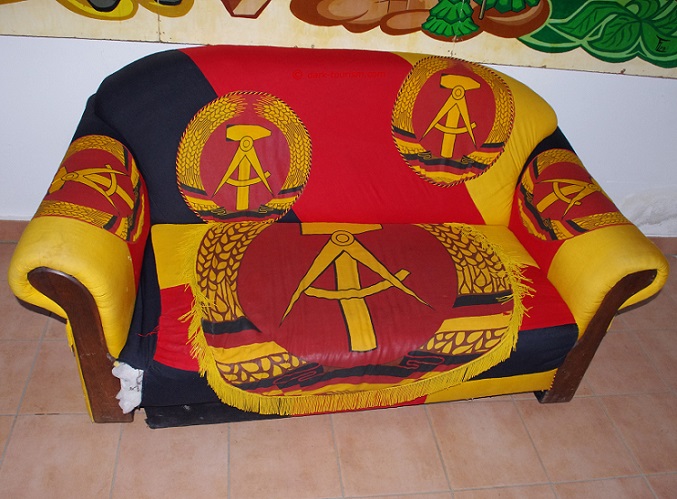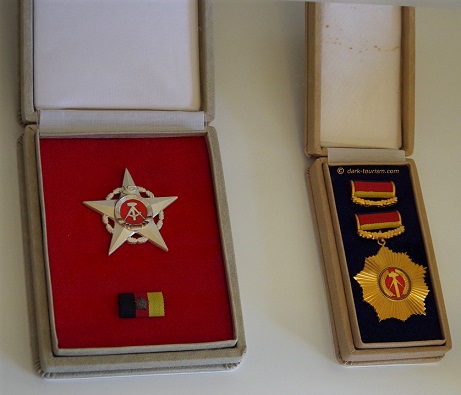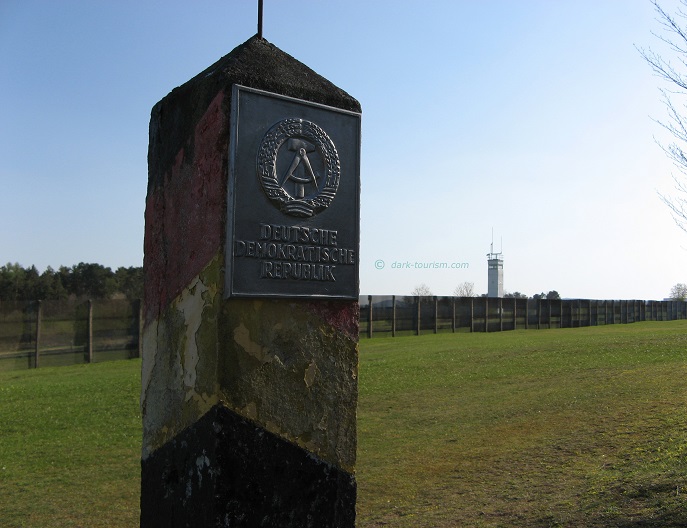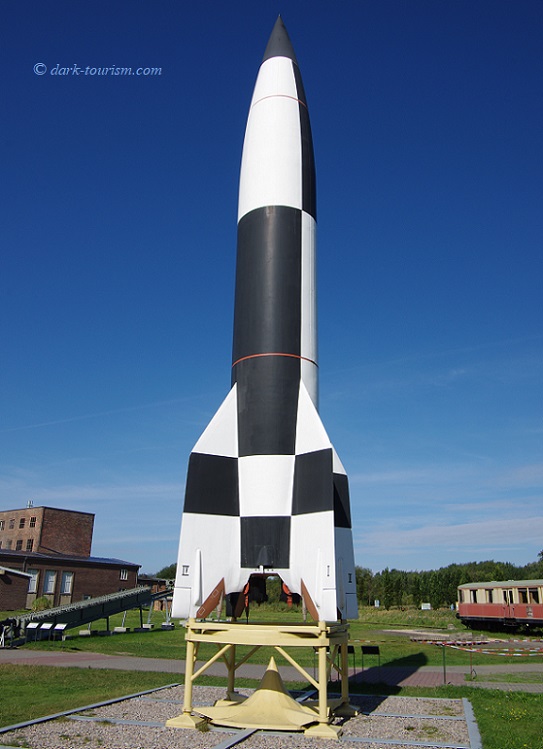On this day, thirty years ago, on 3 October 1990, Germany was officially reunified and the GDR (the old communist East German state) ceased to exist, just eleven months after the so-called Fall of the Berlin Wall (or, more precisely, the opening of the border crossing points, which is generally seen as the beginning of the end for the GDR). The physical Wall too was soon after mostly demolished. So it has now actually been gone longer than it had been in existence! How time flies.
30 years is of course a big anniversary and the German media are predictably full of reports, feature films and documentaries about that turbulent time that led to this momentous historic event – and even after all that time, and even though the story is mostly very familiar, it still makes for fascinating watching/reading, I find.
Taking stock is also appropriate on such an anniversary, and the figures aren’t too good for eastern Germans; they still earn lest than westerners, almost all CEOs of big companies based in the east are from the west, and many of the leading politicians in the east too … even though the woman still at the very top of the whole country, Angela Merkel, is from the east.
Still, no wonder “Ossies” (‘easterners’) continue to feel underprivileged and under-represented. Unfortunately this has also fostered a resurging far-right-wing movement … but let’s not go into that here. What it also fostered was “Ostalgie” (a blend of the words for ‘east’ and ‘nostalgia’), a favourably looking back on GDR culture and society. The photo above, repeated again below, can be seen as a piece of evidence of “Ostalgie”: a sofa clad in the old GDR flag, which I found in one of the numerous museums along the former inner-German border, in this case at Mödlareuth.

This anniversary date also gives me another opportunity for a nostalgic look back in time of my own, namely into my archive of ex-Facebook posts from my former DT page on that platform that was so thoroughly purged in April/May this year. So the rest of today’s post will go back in time to the posts over the past five years. I had marked this date almost every year. Here we go, in reverse-chronological order:
Thursday 3 October 2019

On this Day, 29 years ago, on 3 October 1990, Germany was reunified and the GDR (aka East Germany) ceased to exist. So the medals in today’s photo, bearing the demised socialist state’s symbols, lost their original significance too and have become relics, collectibles only as vestiges from the past.
German reunification is of course generally viewed as a cause for celebration, but in the East this is not uniformly seen so positively. Many ex-GDR citizens did not benefit so much from what they saw as essentially a takeover by the West, and even today the east of the country is economically weaker and many feel deprived and patronized, which in turn gives rise to some political chagrin, up to right-wing extremism, while others harbour nostalgic feelings about their former country, which in the process is often remembered a little more fondly than it perhaps deserves – “Ostalgie” is the German term for the latter (a blend of “Ost”, ‘east’, and “Nostalgie”, ‘nostalgia’).
The “blühende Landschaften” (‘blossoming landscapes’) that then West Germany’s Chancellor Helmut Kohl promised in the run-up to reunification have certainly not materialized in many parts of the former GDR.
Wednesday 3 October 2018
On that day I didn’t post anything related to German reunification as it was a themed week (deserts); and that wouldn’t fit in here …
Tuesday 3 October 2017

On this Day, 27 years ago, on 3 October 1990, the Cold-War-era division of Germany was officially ended by the formal reunification of West Germany (FRG) and East Germany (GDR) – technically by the re-formed five eastern federal states of Mecklenburg-Vorpommern, Brandenburg, Thuringia, Saxony and Saxony-Anhalt ‘acceding’ to the Federal Republic of Germany. And with that the German Democratic Republic ceased to exist. East Germany is still east, but no longer a separate country.
So why is this dark? Isn’t it rather cause for celebration? Well, yes and no. Of course it was a joyous occasion for many – though not for everybody. It also had its less happy aspects. Economically as well as culturally the promised “blooming” of the east and the natural “growing together” did not just come about on cue, by itself, overnight. Instead it turned out to be a long and in various ways painful process. There were those who predicted this to be a not-quite-so-smooth transition and hence were less unequivocally filled with joy about reunification. And it’s still not over. Such differences persist to this day. Also politically, as the recent general election has yet again shown.
For the dark tourist, on the other hand, the opening up of the former GDR and the many commemorative efforts undertaken regarding its dark history have provided a plethora of highly interesting sites, be it the various Stasi museums and ex-prisons or former border and Berlin Wall-related sites or abandoned bunkers, military installations and what not. You could travel around eastern Germany for many weeks on end before running out of DT-relevant sites to visit. I still have a long list of places I have yet to go to within the ex-GDR, and I’m sure there are scores more that I haven’t even discovered yet.
Today’s photo shows an old GDR border marker at one of the places where parts of the former inner-German border have been preserved, here with a stretch of metal fence and a watchtower. This is at the Point Alpha memorial complex near Geisa, Thuringia.
Monday 3 October 2016

On this day: it’s German Unity Day – 26 years since the official reunification of Germany. Yet rifts and differences between east and west still remain …
Addendum: the photo above shows two segments of the original Berlin Wall that are now on display at the Memorial de Caen in France (not surprisingly in the Cold War section). The graffiti on the right seems to say “Has bleibt Has”, or ‘rabbit will be rabbit’! That also fits in with the many little bunny images around it. But don’t ask me what the deeper meaning is supposed to be (if there is one).
Saturday 3 October 2015

On this Day … not what everybody was probably expecting, as Germany is celebrating 25 years of reunification … Instead I’d like to go back quite a bit further in history: 73 years ago, on 3 October 1942, Nazi Germany performed the first successful launch of its Aggregat 4 rocket, which later would become infamous as the V-2. It’s a very ambivalent anniversary. On the one hand, the launch was the starting gun for the space age (the rocket reached some 90km in altitude, so not quite outer space, but quite near enough), and indeed the V-2 was the model that NASA started with when developing the rockets for its space programme after WWII.
On the other hand, however, the launch also marked the beginning of the age of missiles used as pure terror weapons. The V-2 was used to hit London, Antwerp and other cities to target civilian areas indiscriminately. It was an altogether new way of bringing death and destruction “remotely”, as it were. Bombers still had to be flown towards their targets by pilots, missiles could do it all on their own. In the Cold War this soon became the standard type of “delivery” of explosives, of course, so the V-2 can also be seen as a precursor to the system of deterrence (together with nuclear weapons forming MAD – mutual assured destruction) during that era. Whereas these days “remote death” is more often brought by drones …
This picture was taken at Peenemünde, the site where Wernher von Braun and his team developed Nazi Germany’s rocket programme. Parts of this site are now a museum.



